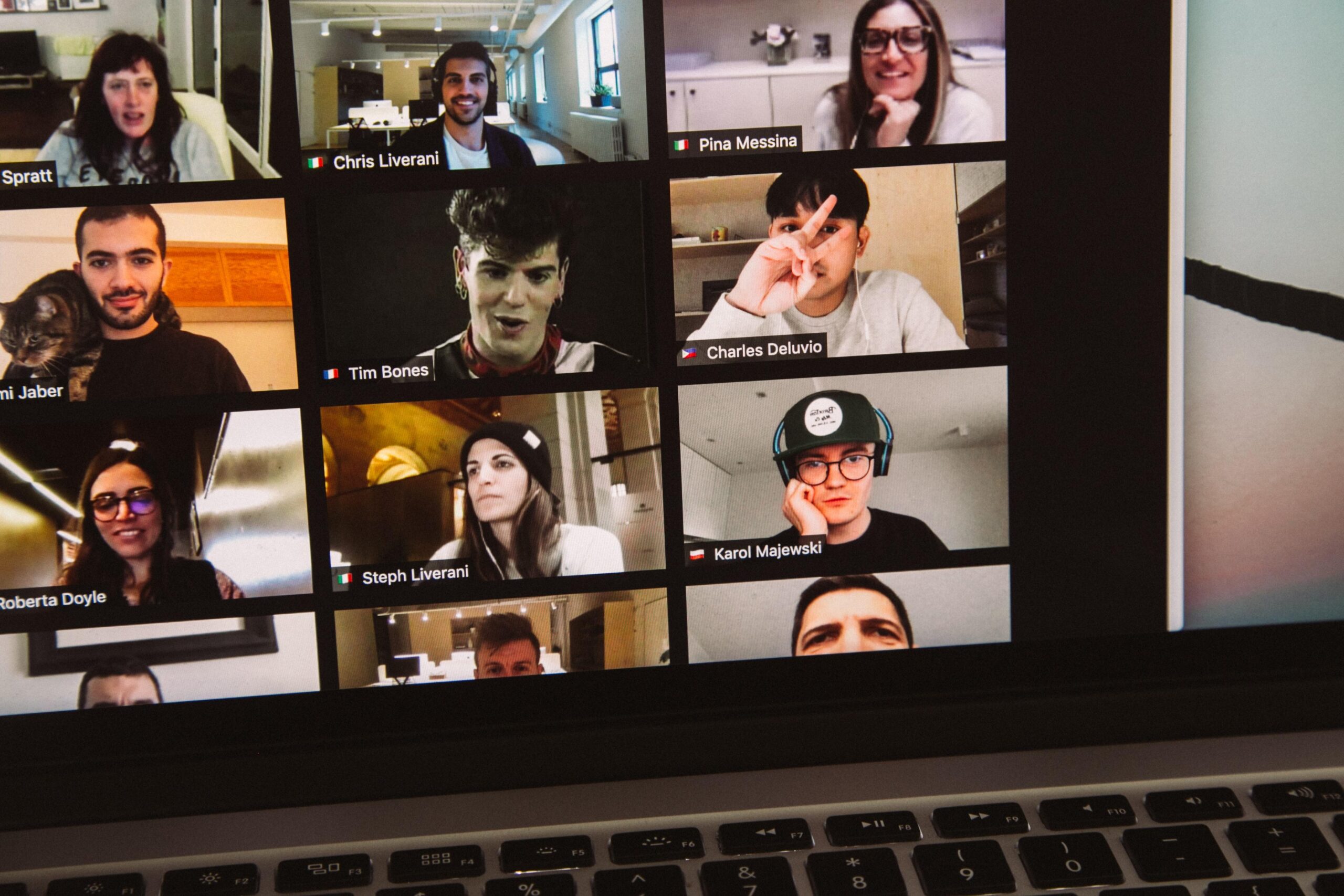Virtual events have become popular in the contemporary technological world. Different insights on event metrics such as attendance rate show that this popular phenomenon, online events, is here to stay. The question on everyone’s mind now is how they can determine the success rate of virtual events and better them in the future.
Although the impact of the pandemic necessitated the shift from in-person meetings to online events, companies now have more reasons to run virtual events. The benefits that companies accrue from virtual events are visible: they present a diverse option to reach a wider audience at a low budget.
KPIs for Measuring Virtual Event Success
Here are top event key performance indicators (KIPs) that use event data such as check-ins to help you evaluate if your online event attained its intended purpose.
1. Event Registration and Check-In Numbers
Begin analyzing your online event by comparing the numbers of registrations against check-ins. You can get a broad picture of the attendance numbers by focusing on metrics such as age groups, locations, income levels, demographics, and preferences. This information is a vital indicator in comparing event performance over time.
2. Level of Attendee Engagement
The main reason for low engagement levels in an event with high attendance is poor quality content or presentation. Built-in features such as chats and contests can improve user engagement. You can measure attention by monitoring the messages in the chats during an event.
Explore various virtual event engagement techniques to keep your audience excited in your upcoming online presentation.
3. Duration of Attendee Retention
Indicators that signal a failure in the audience’s retention include many participants leaving midway and insufficient engagement levels. You can find real-time information on the dashboard of your online event platform to help you track attendance at different intervals.
4. Quality of Social Media Mentions for Your Virtual Event
Social media has become among the fastest-growing platforms with a large population of clients. Every marketer hopes to see their attendees posting and sharing information about their event. Although social media metrics on mentions are essential, it is also important to evaluate the quality of different mentions.
5. Number of Post-Event Survey Responses
Prepare effective survey questions to collect the response metrics of your online event. Be sure to get feedback if your online event was either disappointing or impressive. Measure response rate and participation in this survey.
6. Active Participation and Response Rate in Your Virtual Event
The best way to measure retention is by analyzing the response rates. Incorporate a question and answer session in your virtual event. You can also measure the success of the event by tracking the rate at which participants ask questions.
7. Level of Speaker Ratings
As virtual events become mainstreams, it is important to ensure that speakers deliver creatively and interestingly to enhance retention rates. Check the Q&A answers for the speaker’s ratings. This analysis will help you retain influential speakers to increase attendance in subsequent events.
Measuring the Success of Your Online Event? Get Started Today!
Every virtual event company wants to leverage the 85% of Americans that access online platforms daily to optimize their business. Although all the above KIPs metrics are essential, they apply to individual event’s budgets and goals.
Whatever KIPs you choose to improve on your strategy, contact us today, and we can help you enhance the success of your online events.









